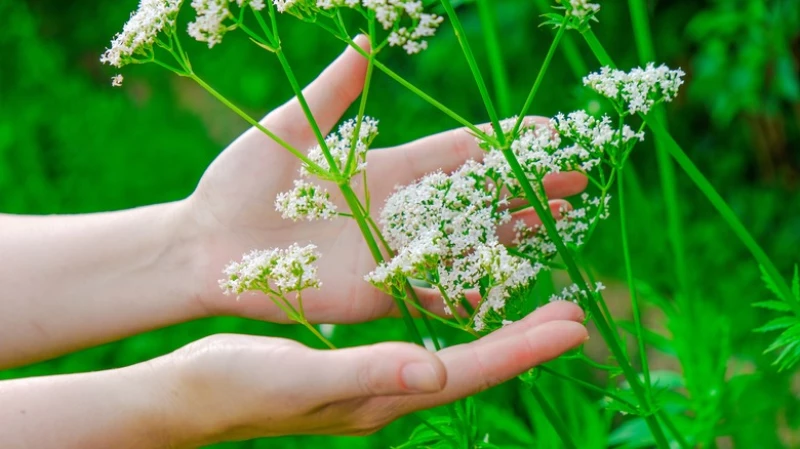Long before the advent of modern medicine, our ancestors relied on the healing powers of nature to treat various ailments. Fossil records indicate that humans have been using plants as medicine for over 60,000 years. This ancient practice, known as herbalism, continues to thrive today with growing scientific support. Many herbalists advocate for natural remedies due to the numerous side effects associated with certain medications. For instance, conventional sleeping pills prescribed for insomnia can lead to lingering drowsiness, memory issues, and even dependency.
The ancient practice of using valerian for its sleep-improving properties has stood the test of time. Originating in ancient Greece, valerian is a beautiful flowering plant known for its ability to promote better sleep without the side effects commonly associated with sleeping pills. Today, it is a popular ingredient in teas designed to induce sleep naturally, offering a safer alternative to habit-forming medications. The medicinal benefits of valerian are concentrated in its roots and underground stems, making it versatile in how it can be consumed. While it can be purchased in various forms, growing valerian at home is a cost-effective way to ensure a steady supply of this herbal remedy. Valerian thrives in full sun and can be grown in containers to prevent its invasive nature from spreading uncontrollably.
How to grow valerian for medicinal use
Cultivating valerian at home provides a convenient and affordable way to have this beneficial plant readily available. For individuals interested in growing plants for their medicinal properties, valerian is a suitable option that can thrive in various regions, particularly in North America zones 4 to 8. Starting valerian seeds indoors prior to the last frost ensures a successful growth cycle. Utilizing a seed starter potting mix can enhance the chances of a flourishing valerian plant that can be used for its medicinal qualities.
After the danger of frost has passed, you can transfer seedlings outside. Plant valerian in a garden bed where you could use some ground cover, like in an area in need of weed suppression. Choose a spot that receives at least six hours of direct sunlight daily. Valerian prefers loamy soil and is tolerant of a variety of pH balances. It can grow as a companion plant alongside other species that may need soil with an alkaline or even acidic pH. However, growing valerian in a container removes the risk of this plant becoming too weedy and invasive.
Creating a relaxing hot brew from valerian roots
Though prolonged use of valerian is also not recommended, it can be used for up to three months without the risk of dependency. Nevertheless, it is better suited for situational bouts of insomnia, and you should consult a doctor before taking valerian for over one month. Once you've grown valerian, you can make your own tea, but you'll need empty tea bags or a reusable tea steeper. Though you can make a simple tea with valerian only, you should consider adding more elements for flavor. Fruit pieces, cinnamon, mint, and echinacea are some popular choices.
For the perfect cup of valerian root tea, start by cleansing and drying the plant. Focus on the roots as they hold the medicinal properties. Cut off the roots and let them dry, while the leaves can also be used for their edible properties. Once dried, chop or grind the roots into small pieces that can fit into a tea bag or steeper. You can also add other herbs for flavor and added benefits. Using 2 tablespoons of the valerian root blend per cup of tea is recommended. Pour boiling water over the bag or steeper and let the tea steep for about ten minutes. The effects of the tea may be felt immediately, but for long-lasting benefits, consider drinking it for a few days consistently.









